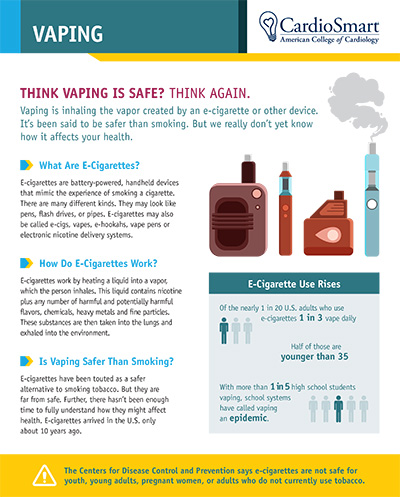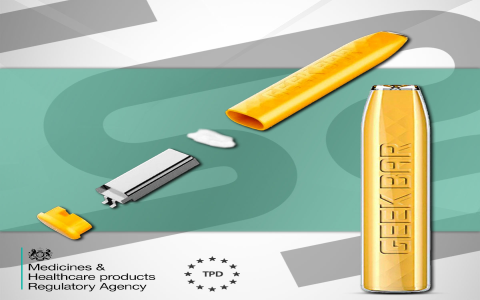Electronic cigarettes, including their e-liquids, are inherently gluten-free as they contain no wheat, barley, rye, or related grains. The primary components—propylene glycol (PG), vegetable glycerin (VG), nicotine, and flavorings—are gluten-free by nature. No evidence indicates gluten contamination during manufacturing, making standard vaping products safe for gluten-sensitive individuals.
Why Gluten in E-Cigarettes Is Highly Unlikely
E-liquid formulations lack grain-derived ingredients. Flavorings use synthetic compounds or extracts from gluten-free sources like fruits or spices. Even with natural flavorings, gluten proteins cannot vaporize intact and survive the heating process. Residual gluten particles would require inhalation—not oral ingestion—to enter the body, which is biologically implausible.

Celiac Disease and Vaping: Practical Guidance
For those with celiac disease or severe sensitivity:
- Avoid e-liquids with ambiguous ingredients: Steer clear of products listing “natural flavors” without gluten-free certification if anxiety persists.
- Manufacturer verification: Reputable brands provide allergen statements upon request.
- Monitor for symptoms: Isolate vaping if unexpected reactions occur (though causation remains unproven).
Key Considerations for Absolute Safety
- Device hygiene: Clean tanks and mouthpieces regularly to prevent cross-contamination from environmental gluten.
- Flavor caution: Dessert or pastry-inspired e-liquids use artificial flavorings; no actual gluten is present.
- Third-party testing: Opt for brands that conduct independent allergen testing for added assurance.
In summary, vaping poses negligible gluten exposure risk. Focus remains on managing inhalation hazards rather than gluten content. Consult a healthcare provider for personalized advice regarding vaping and chronic health conditions.









